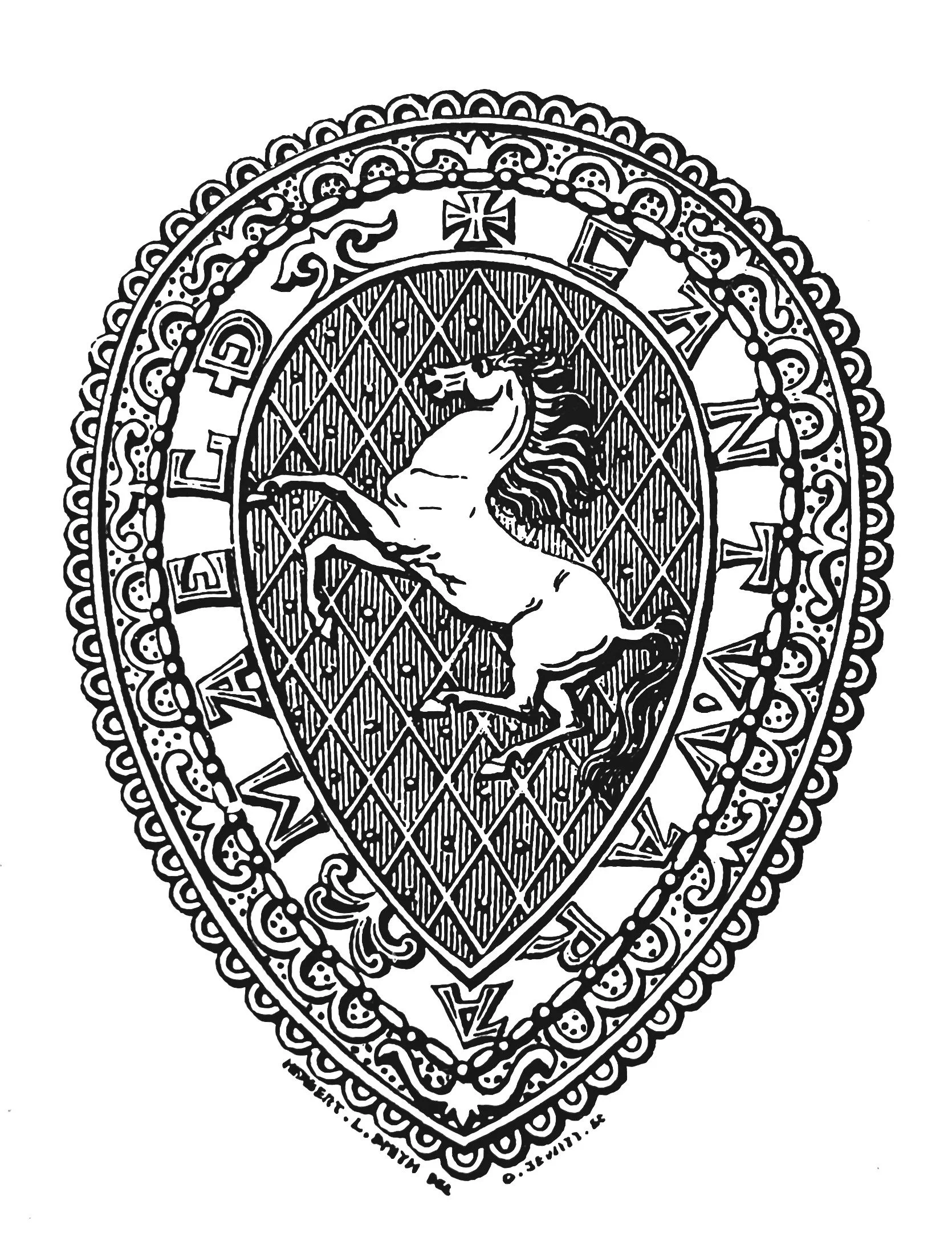Nesta Caiger, Hon. Editor, KAS Newsletter, 1994, KAS Newsletter, Issue 27 (Spring 1994). Maidstone: Kent Archaeological Society.
Peter Dawson, 1994, KAS Newsletter, Issue 27 (Spring 1994). Maidstone: Kent Archaeological Society.
Sheila Broomfield, Vice Chairman, CBA SE, 1994, KAS Newsletter, Issue 27 (Spring 1994). Maidstone: Kent Archaeological Society.
KAS Newsletter, Issue 27 (Spring 1994). Maidstone: Kent Archaeological Society.
KAS Newsletter, Issue 27 (Spring 1994). Maidstone: Kent Archaeological Society.
KAS Newsletter, Issue 27 (Spring 1994). Maidstone: Kent Archaeological Society.
KAS Newsletter, Issue 27 (Spring 1994). Maidstone: Kent Archaeological Society.
Mike Dunmow, Trust Secretary, 1994, KAS Newsletter, Issue 27 (Spring 1994). Maidstone: Kent Archaeological Society.
Sheila Broomfield, Hon. Sec. WIRG, 1994, KAS Newsletter, Issue 27 (Spring 1994). Maidstone: Kent Archaeological Society.
, 1994, KAS Newsletter, Issue 27 (Spring 1994). Maidstone: Kent Archaeological Society.
KAS Newsletter, Issue 27 (Spring 1994). Maidstone: Kent Archaeological Society.
C.A. Wanostroct, Hon Curator, Sandwich Guildhall Museum, 1994, KAS Newsletter, Issue 27 (Spring 1994). Maidstone: Kent Archaeological Society.
KAS Newsletter, Issue 27 (Spring 1994). Maidstone: Kent Archaeological Society.


Joy Saynor, 1994, KAS Newsletter, Issue 27 (Spring 1994). Maidstone: Kent Archaeological Society.